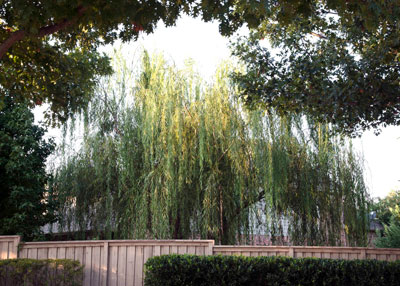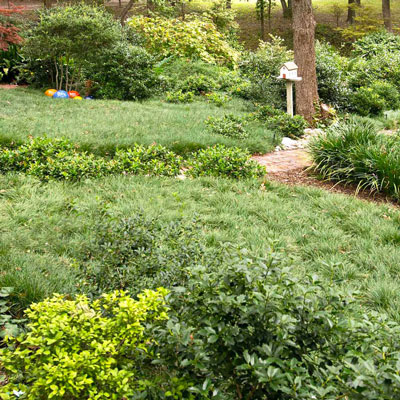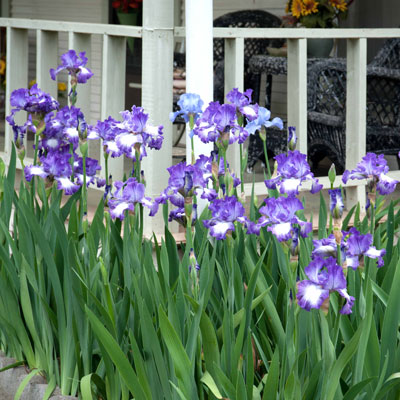Compromises in the Landscape
People come at me with a long list of “wants.” It doesn’t take long before I realize that their expectations exceed my ability to deliver. Here are some of the common examples.

“Neil, I need a good, fast-growing shade tree. I need shade, and I don’t want to wait.”
Those terms are mutually exclusive. Fast-growing tree species all have one or more fatal flaws that make them very poor landscaping investments. Most have life expectancies of less than 25 years.
You’re much better advised to choose a tree that’s beautiful, adapted, resistant to pests and that grows at a moderate rate of speed. Oaks, for example, don’t grow nearly as slowly as many people think if you give them good care and attention, particularly water and fertilizer. They’ll live for 100 to 250 years with far fewer problems.
“Neil, I want a landscape using only native plants. What are the best ones for me to consider?”
This newsletter goes to a lot of places, so my answer must address hundreds of species of trees, shrubs, vines and groundcovers – not to mention annuals and perennials. And our state ranges from 4 or 5 inches of rain to 60 or 70. What’s native on one side of Texas certainly isn’t native to another. A plant is truly only “native” where you find it growing on its own in nature. I learned that from my dad, a PhD range ecology botanist with Texas A&M.
All of which is to say that it’s far more important that a plant be “adapted” to your locale than “native” there. I’d rather have a plant that is willing to grow well for me than one that struggles in my garden even though it’s growing wild somewhere else in the state I call home.

“Neil, what’s the best grass to grow under our big trees? I’ve tried several types, and they haven’t survived.”
I always confirm that people have at least tried St. Augustine (or fescue in Northwest Texas) once. It’s our most shade-tolerant turfgrass, and if even it failed, we have our answer: There isn’t enough sunlight to grow grass in that place. It’s time to switch to a shade-proof groundcover such as mondograss (also known as monkeygrass – not a true grass you can mow), Asian jasmine, purple wintercreeper or others.
It’s at this point that many start to argue. “Well, my neighbor has grass under her trees.” Or, “The trees’ roots are just soaking up all the water and nutrients. I can compensate for that.” Or, “I’ll have the trees thinned. Again.”
From 50 years of answering this question and watching the results, I know, to use the old Hank Snow song title, they’re headed “90 miles an hour down a dead-end street.” Excessive shade is the issue.

“Neil, I’m doing a foundation planting for my house. I really like color, and I’d like to use a lot of flowering shrubs. Which would you recommend?”
Almost all flowering shrubs bloom one time each year, and that’s usually for two or three weeks maximum. Crape myrtles, Texas sage and the re-blooming azalea selections are just about it. Plus, most of the other flowering shrubs are deciduous and would not make good groupings in front of your house for five winter months. While there’s a place for flowering shrubs, you probably should choose dependable evergreens for the bulk of your planting and leave the shrubs to smaller accenting places.

“Neil, I’m tired of having to plant annuals. I want to set out perennials to lighten my workload. Which are the best?”
Almost all perennials bloom one time per year and for two or three weeks (or less). Plus, all the work you do in an established perennial bed must be done by hand. That’s because types that flower in spring must be dug and divided in fall, and vice versa. You never get a second chance to rework the soil by means of a rototiller. This is not to discourage you from growing perennials, but merely to let you know what you’re getting into. Annuals that are colorful for four or five months between plantings may suddenly seem like a better idea than before.
